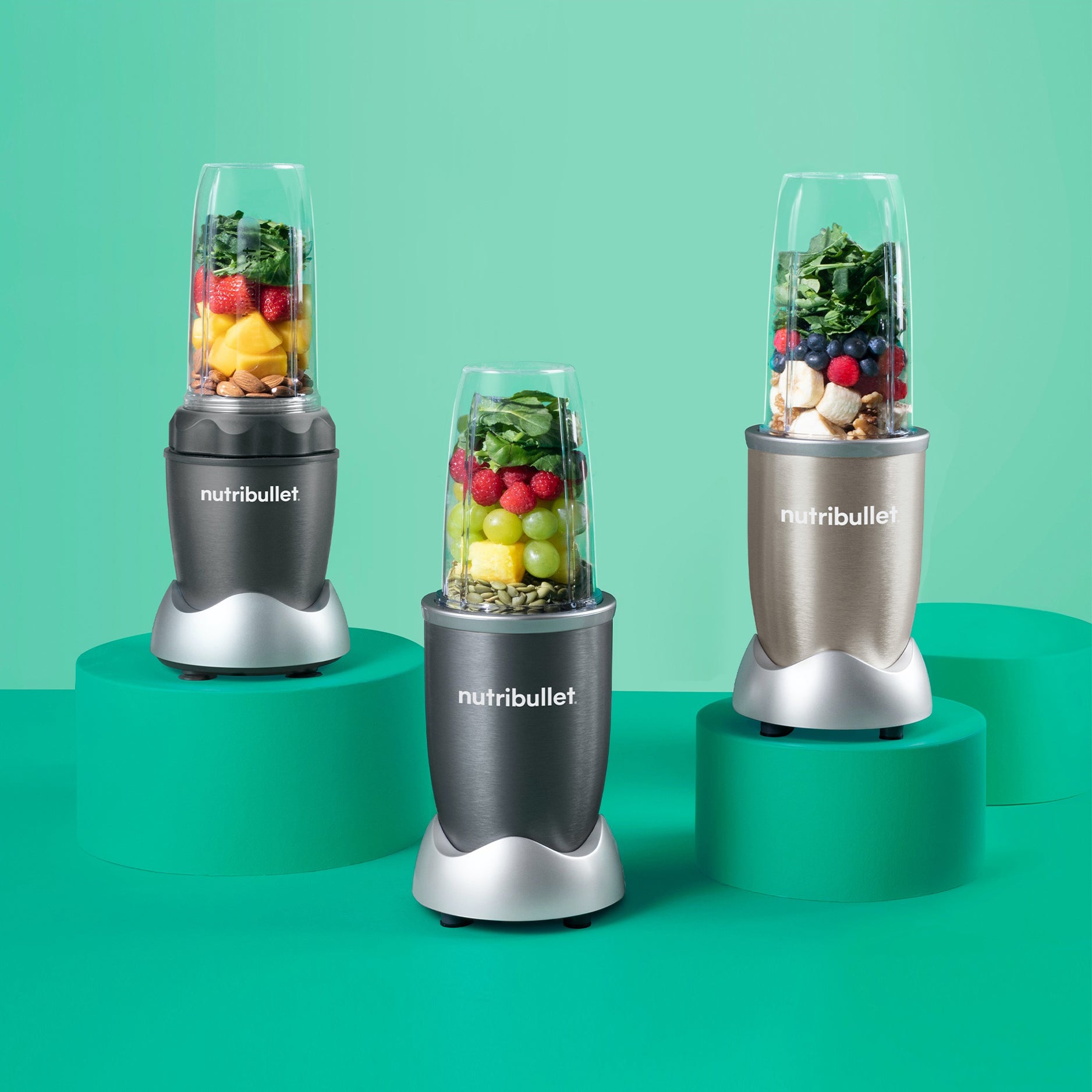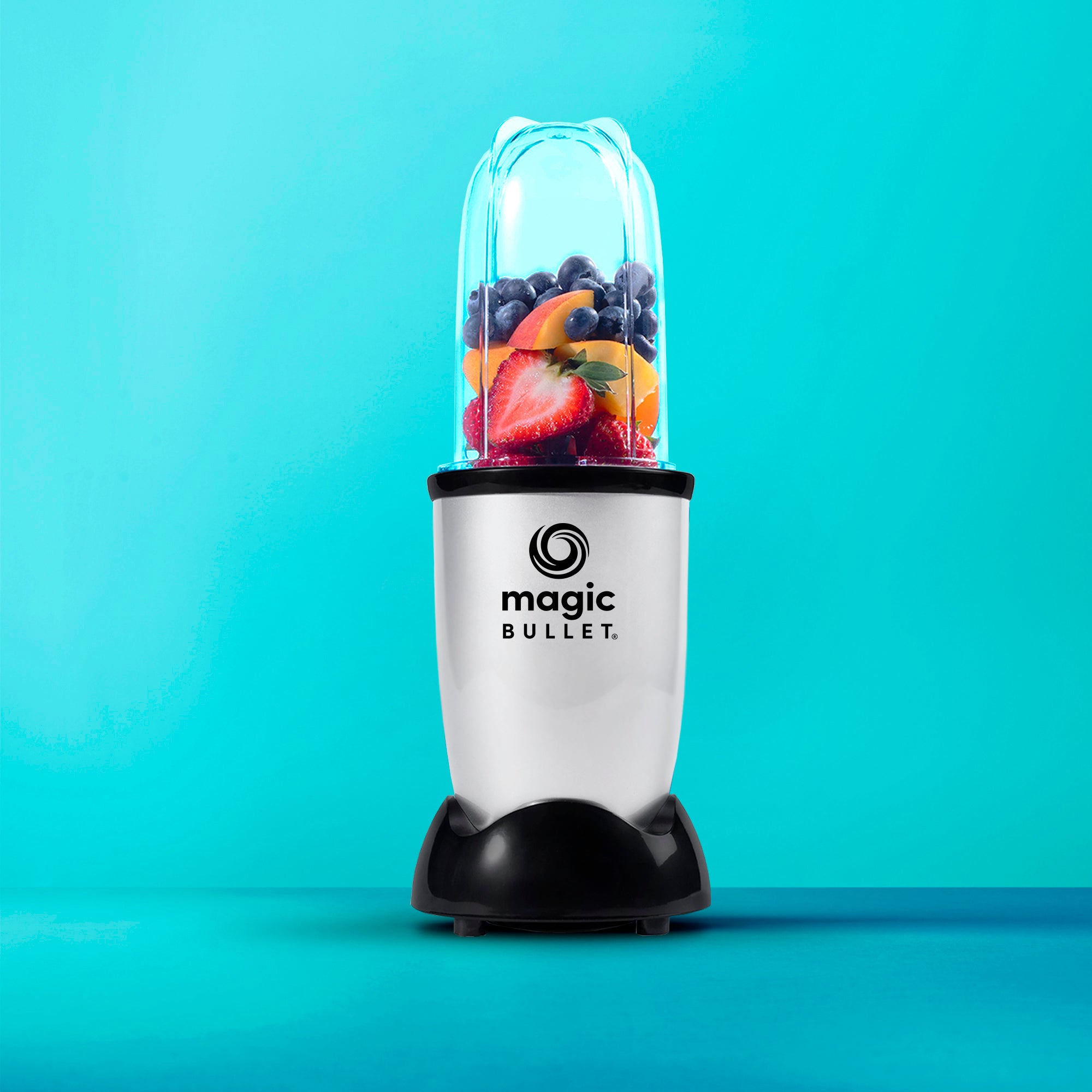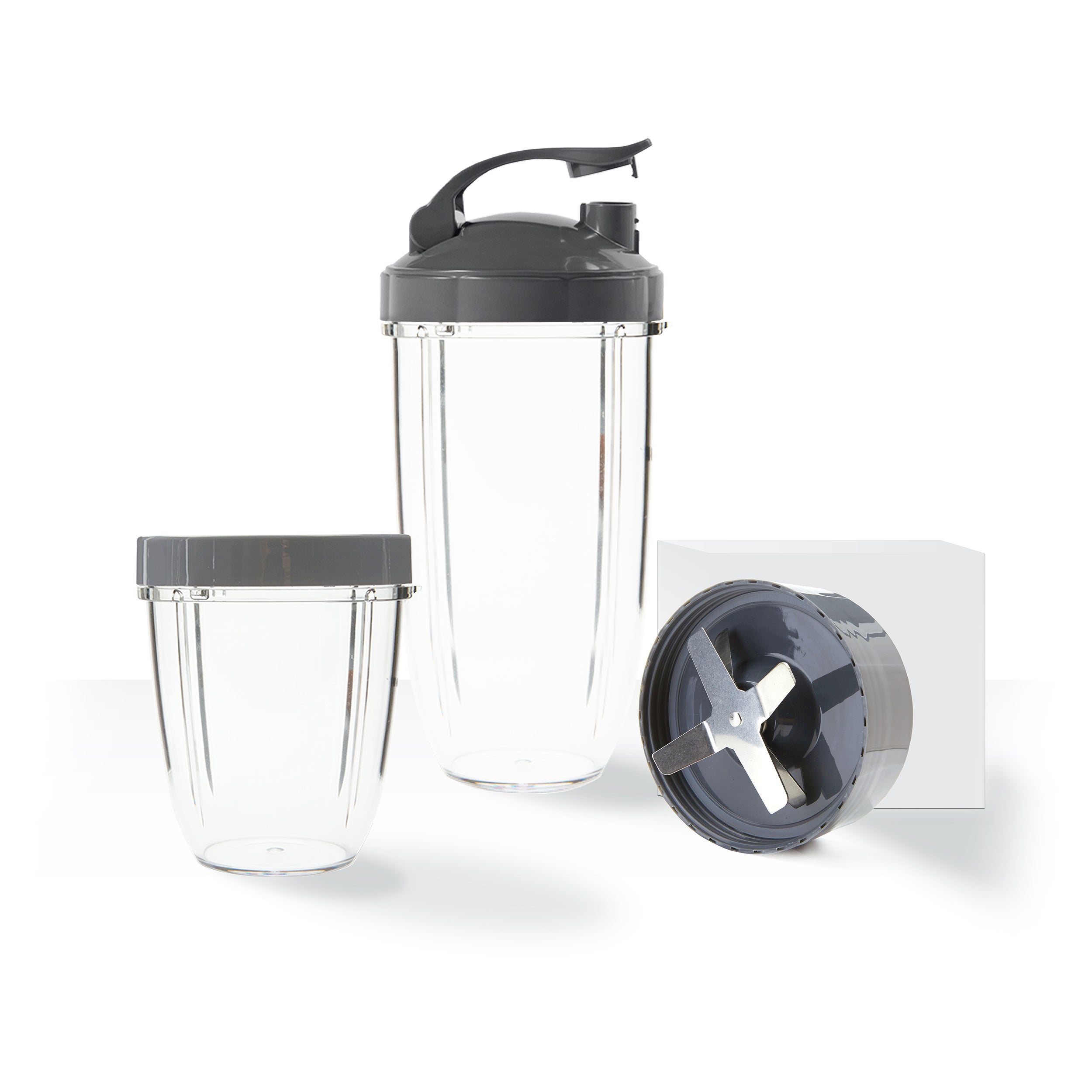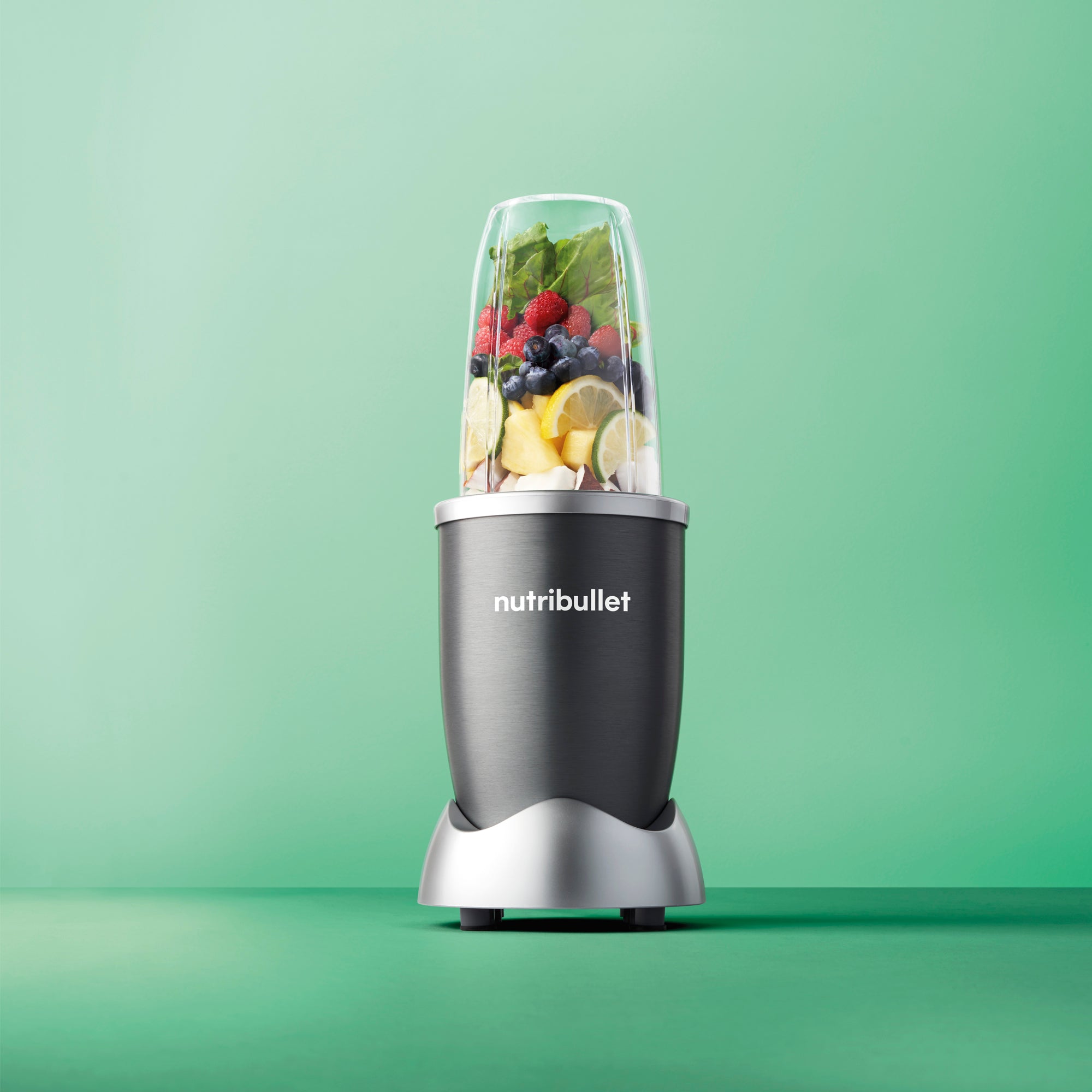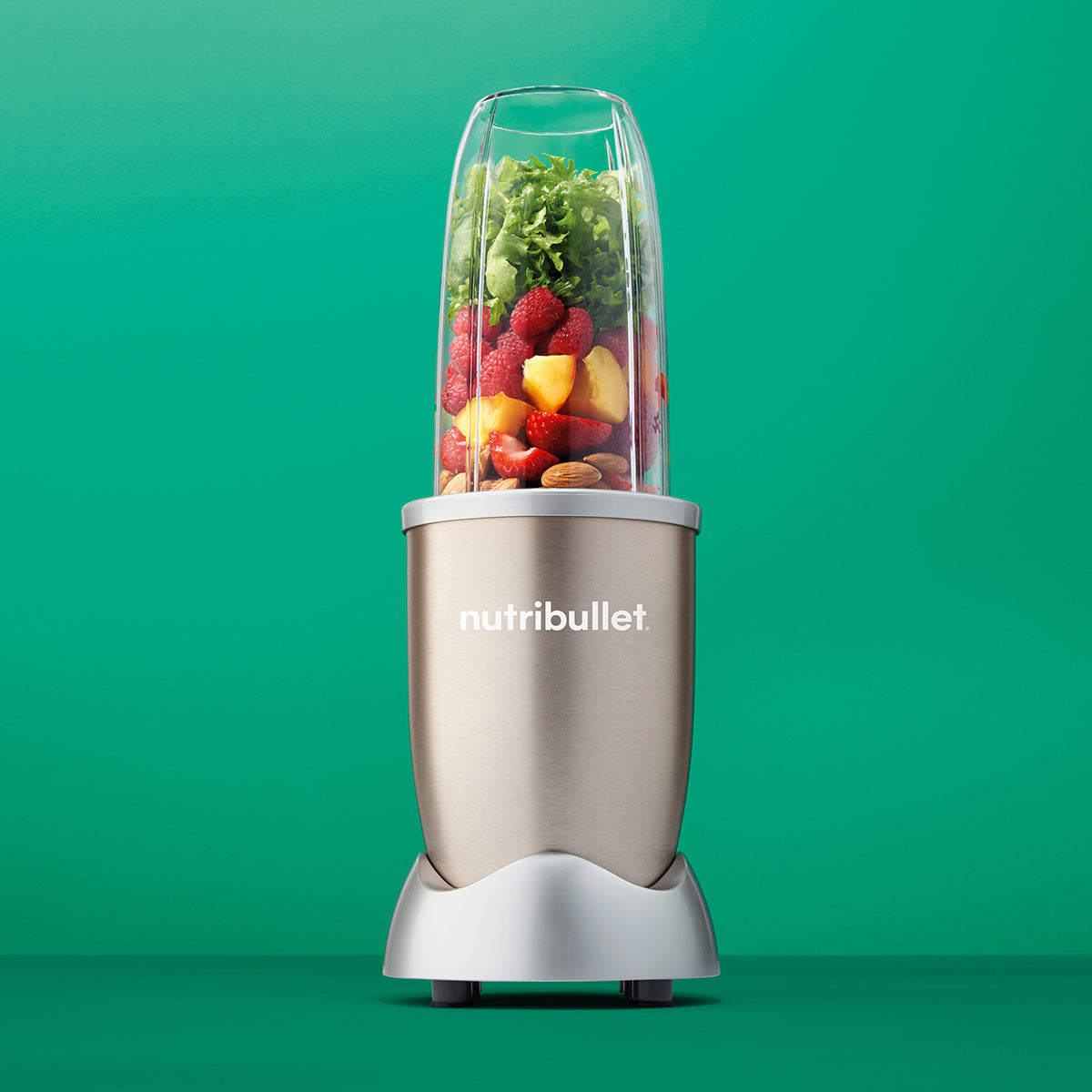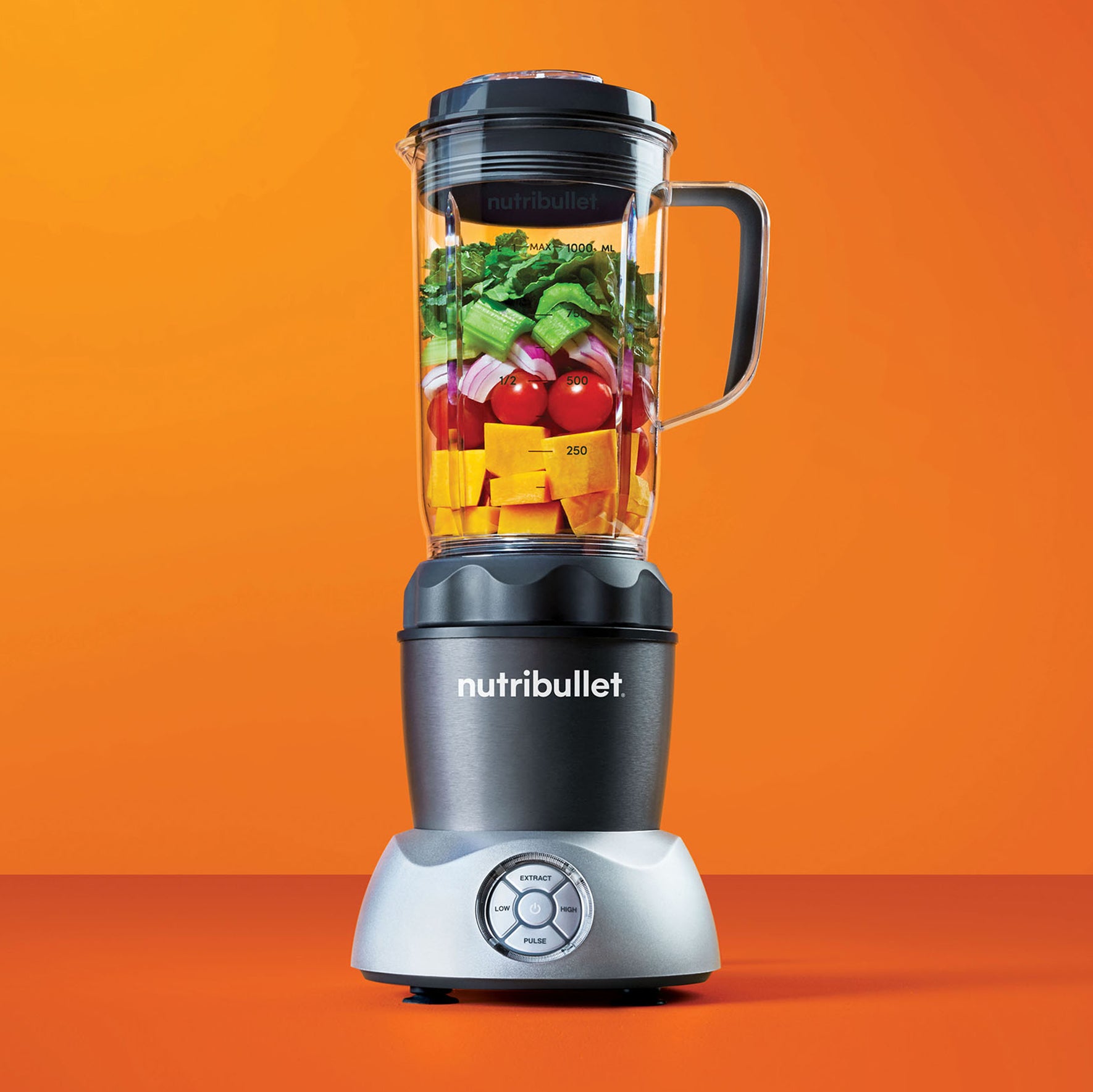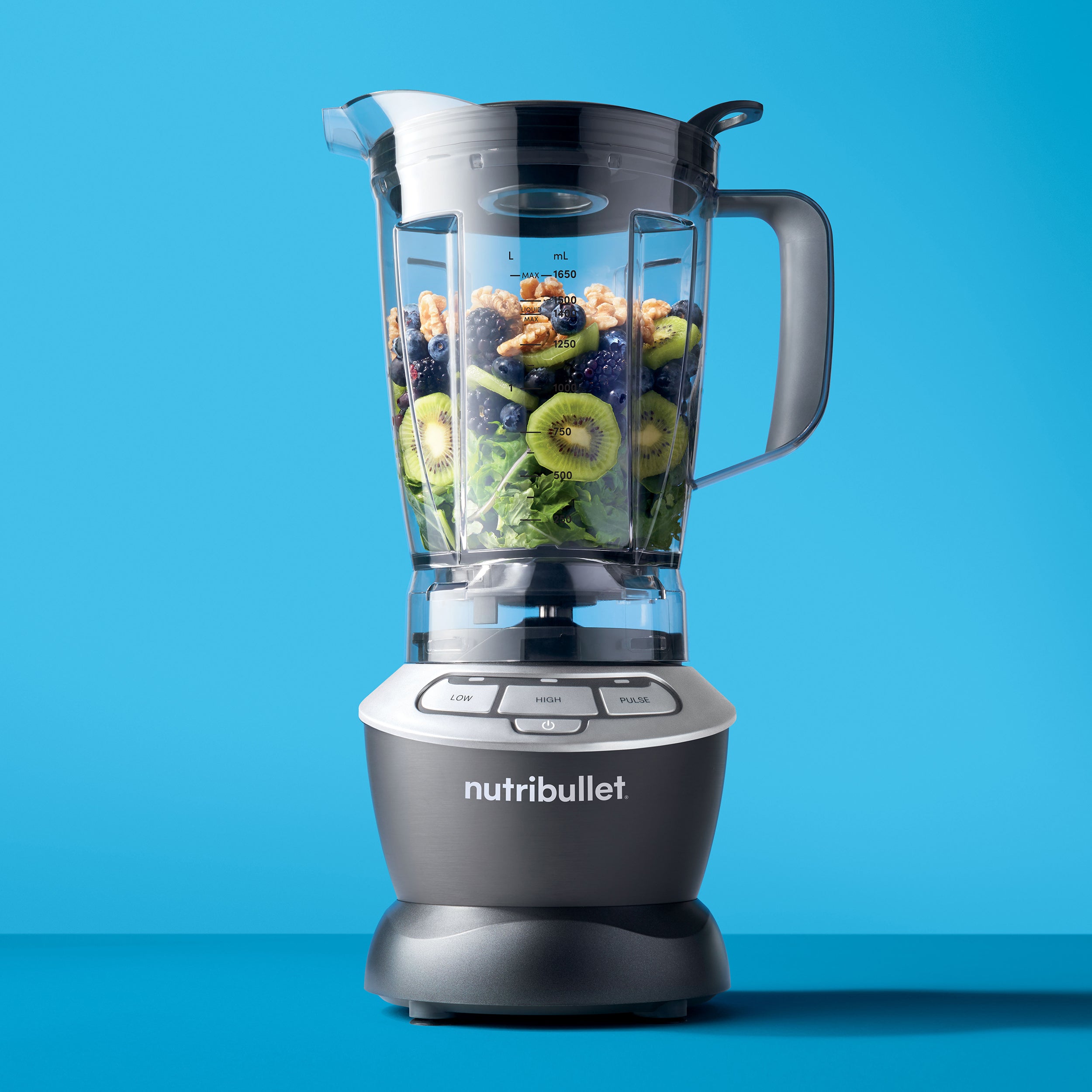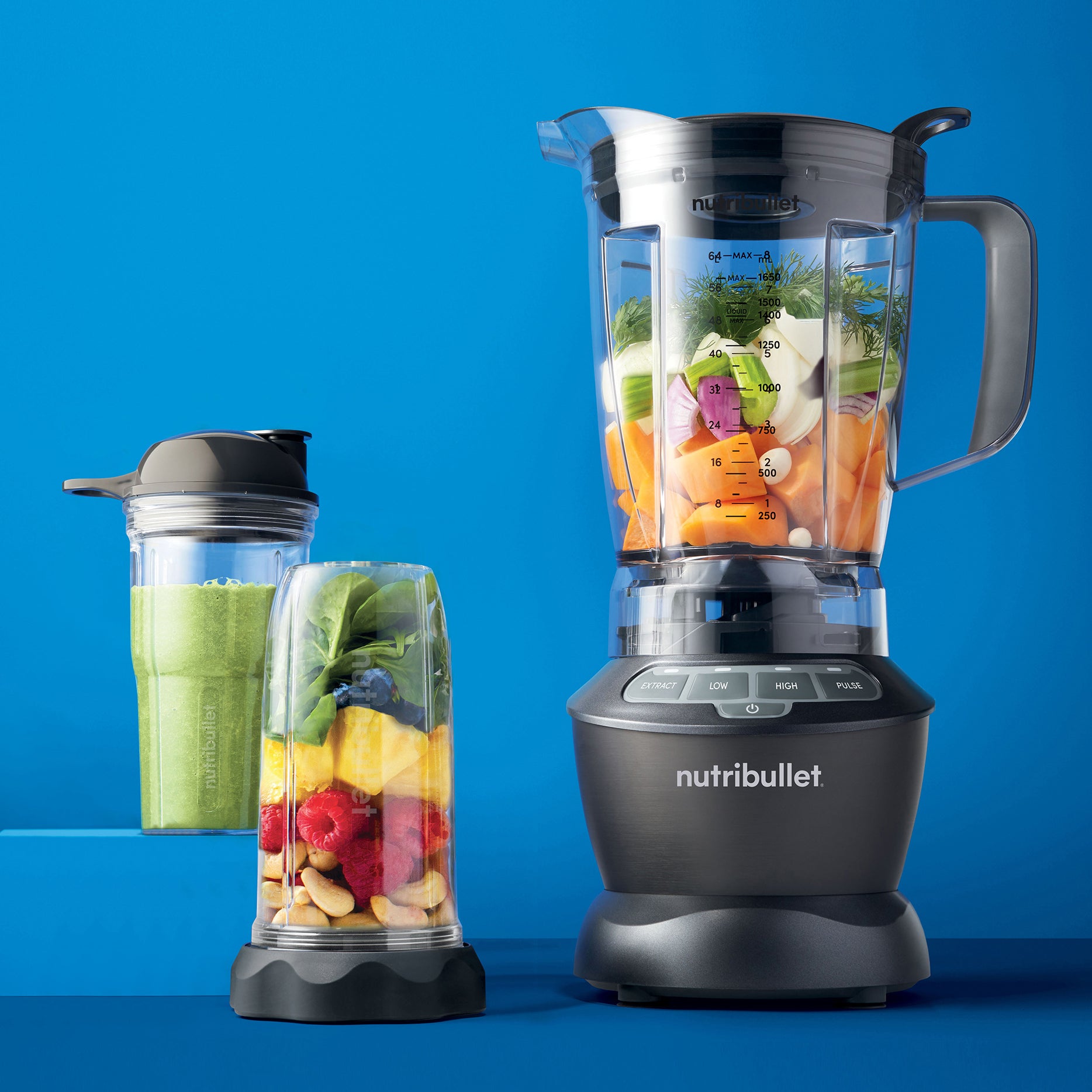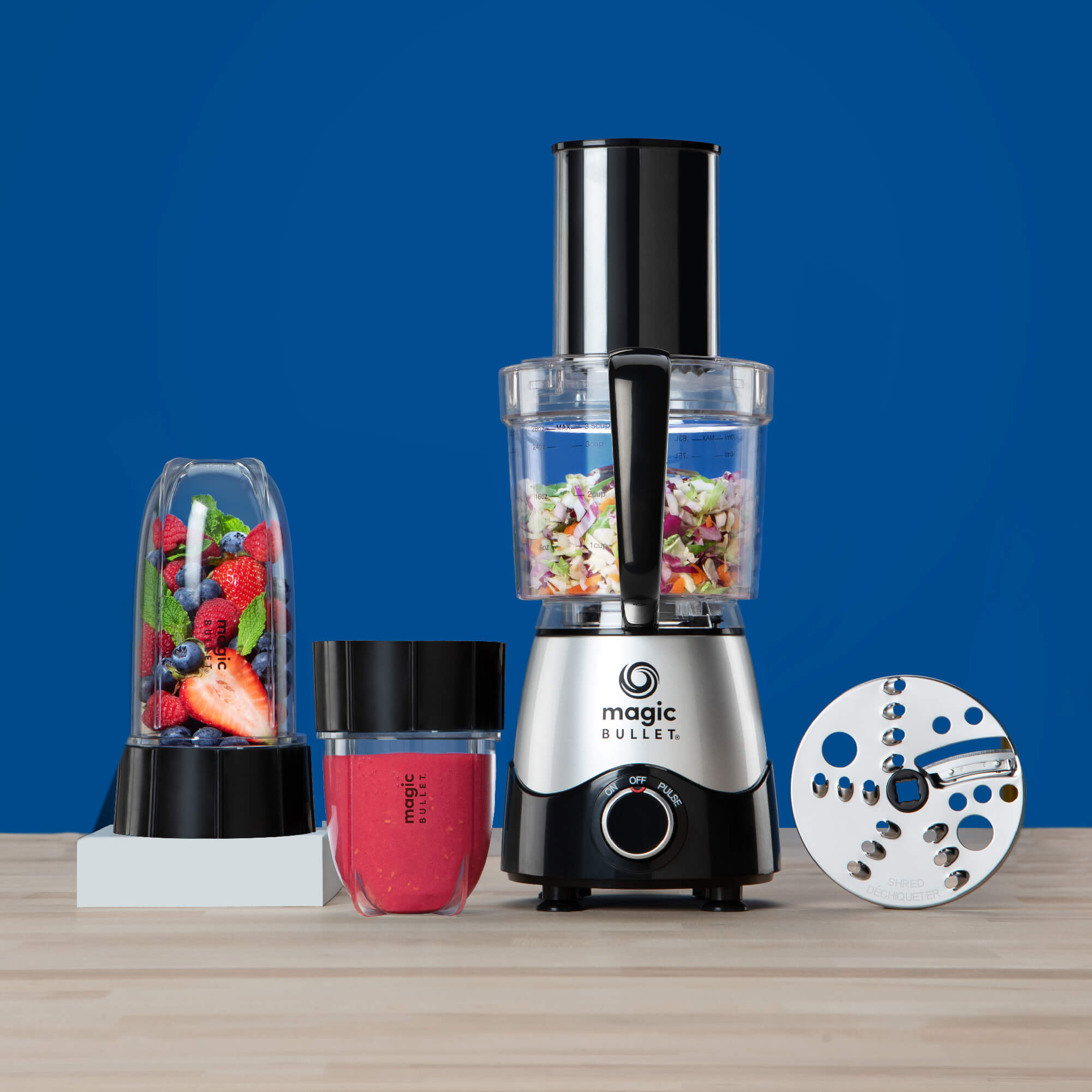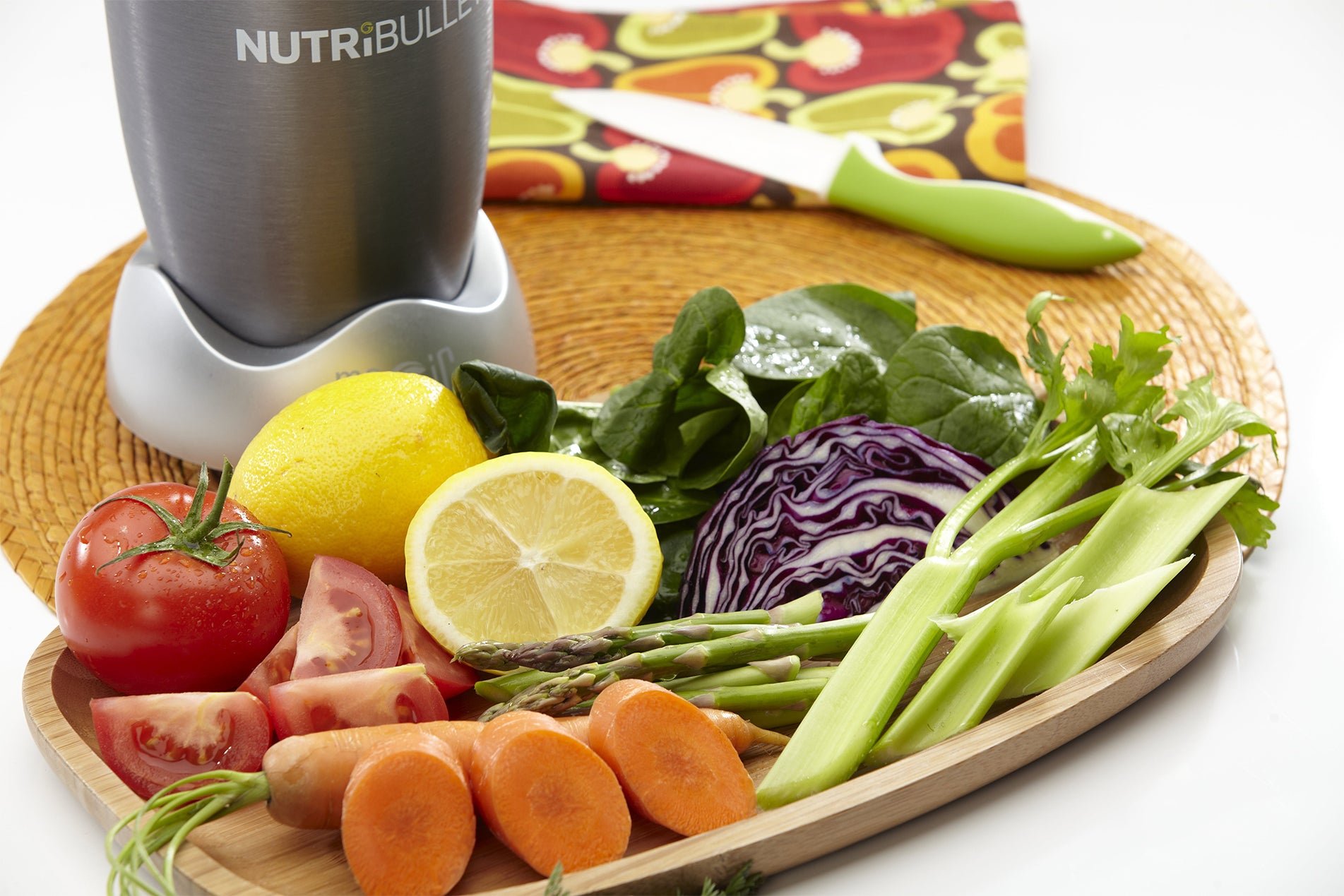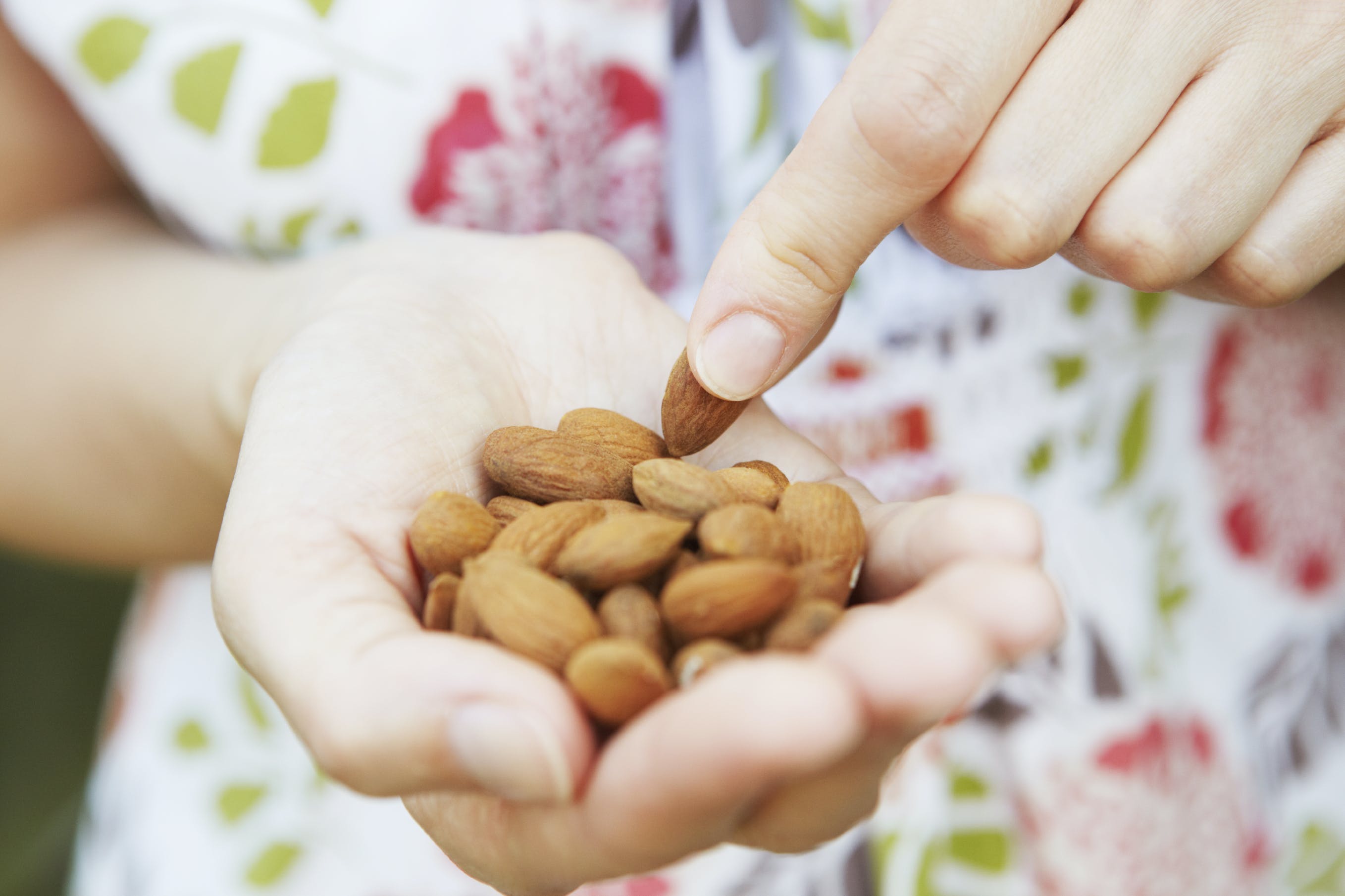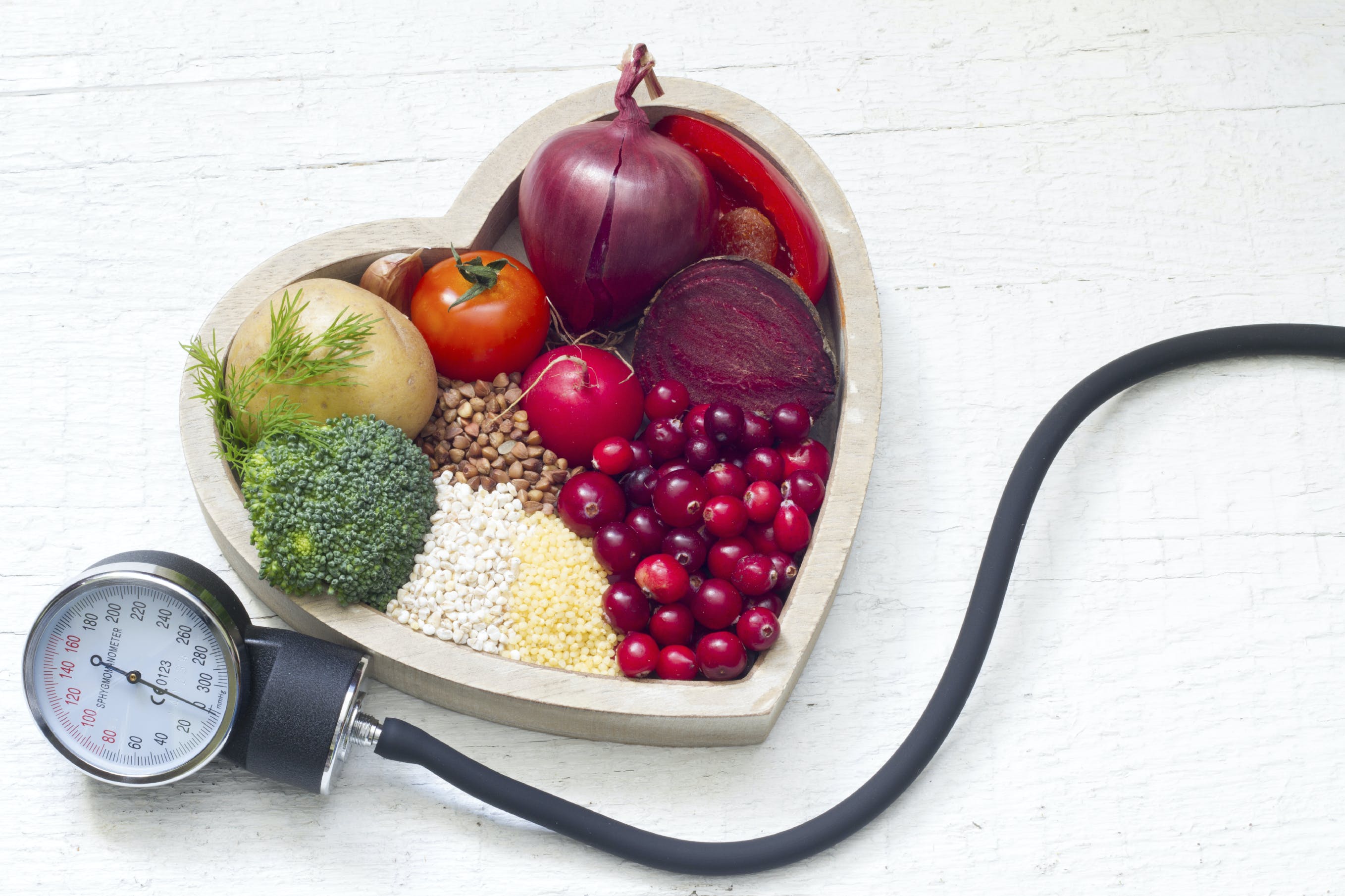The number on the scale and your body mass index rarely tell you the full story about your health. Having the proper knowledge and tools to better understand your body can help you make lifestyle changes that lead to a longer and healthier life. One of these tools is the waist-to-hip ratio (WHR), which measures your health and risk of heart disease based on how your body fat is distributed.
Studies confirmed that individuals who store body fat in their abdomens are at a higher risk of cardiovascular disease. According to statistics, heart disease is the leading cause of death in the U.S., responsible for the death of 1 in every 4 women. An unhealthy waist-to-hip ratio was a major risk factor in these individuals, and that’s after accounting for other risk factors, including smoking, diabetes, and high blood pressure.
The World Health Organization (WHO) recommends a waist-to-hip ratio of 0.9 for men and 0.85 for women in order to decrease the risk of mortality from cardiovascular disease and other health issues. A wider waist is indicative of a greater amount of fat stored around internal organs. The fat that surrounds the organs in the abdomen is called visceral fat. While it does protect the organs, excess amounts of visceral fat can be dangerous. People who carry more fat in their abdominal areas are considered apple-shaped.
Apple-shaped individuals have a higher risk for chronic health conditions, including heart disease, diabetes, and stroke than those who are pear-shaped.
People who are pear-shaped tend to carry most of their weight in their hips, thighs, and backside. Your waist-to-hip ratio can tell you whether you’re more of an apple or more of a pear.
A women is considered pear-shaped if her WHR is 0.8 or less and apple-shaped if her WHR is greater than 0.8. For men, a WHR of 0.9 or less would make him a pear and anything greater than that would make him an apple. Another valuable indicator of health risk includes waist circumference (the distance around your natural waist, just above the navel.) For men, less than 40 inches is ideal, and for women, less than 35.
Curious where on the scale you fall? You can measure yourself right now to see whether you’re more apple or more pear. Use a measuring tape to measure your waist at its narrowest point. Then, measure the circumference of your hips at the widest point. Divide your waist measurement by your hip measurement to get your waist-to-hip ratio. Are you an apple or a pear? Did your WHR fall within the World Health Organization’s recommended values?
While you can’t control where your body fat goes, you can take steps toward burning the fat and reducing your overall size. Maintaining a healthy weight with a well-balanced diet and regular exercise can lower your risk of chronic health problems. Cut back on foods that are processed and high in trans-fat, sugars, and other unhealthy additives. Instead, go for whole foods that are rich in complex carbohydrates, fiber, and antioxidants, such as fruits, vegetables, and whole grains. Don’t forget to include lean protein and heart-healthy fats like omega-3 fatty acids in your diet, as well.
Combine your nutrient-rich diet with regular physical activity to see results and improve your health. Aim to exercise for 20 to 30 minutes a day, five days a week. You can’t target specific areas to lose weight, but you can burn fat throughout your body with consistent cardio exercise and strength training, which helps build muscles. And the more muscles you have, the easier it is to burn fat!
The shape of your body is determined by many factors, including ones that you can’t control, like genetics. It’s important to accept the shape that you’re born with and focus on maintaining a balanced diet and exercising regularly to lower your risk of cardiovascular disease. Knowing your waist-to-hip ratio can help jump-start lifestyle changes to improve your health, but no matter what your shape is, sticking to healthy habits and maintaining a healthy weight will help you live a longer and happier life.
Nutritional information
Recipe: Creamy Green Strawberry Dream Serving in this recipe:1
- Calories: 236.6
- Total Fat: 3.6 g 5.5%
- Saturated Fat: 0.4 g 1.9%
- Cholesterol: 0 mg 0%
- Sodium: 358.7 mg 14.9%
- Total Carbs: 45.7 g 15.2%
- Dietary Fiber: 9.9 g 39.4%
- Sugar: 22.1 g
- Protein: 8.1 g 16.2%
- Vitamin A: 481.9% Vitamin C: 244.1%
- Calcium: 68.5% Iron: 26.1%
* Percent Daily Values are based on a 2,000 calorie diet. Your daily values may be higher or lower depending on your calorie needs.

